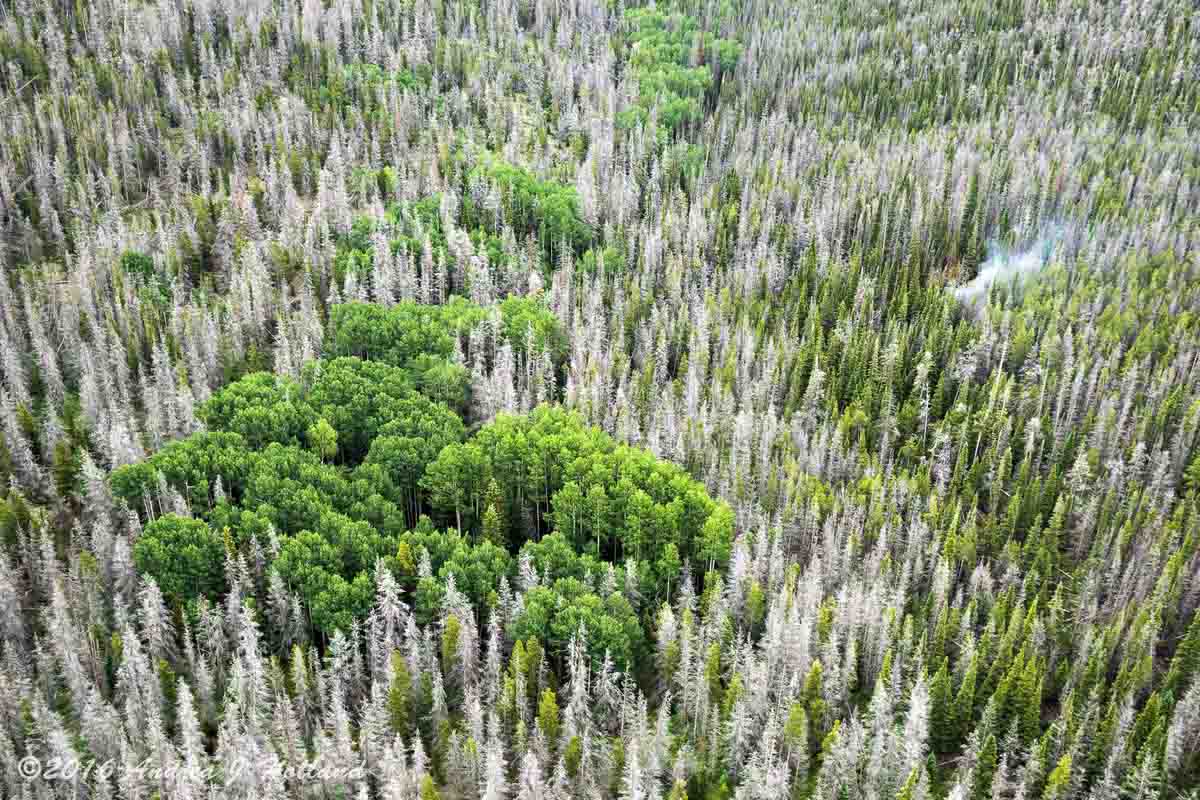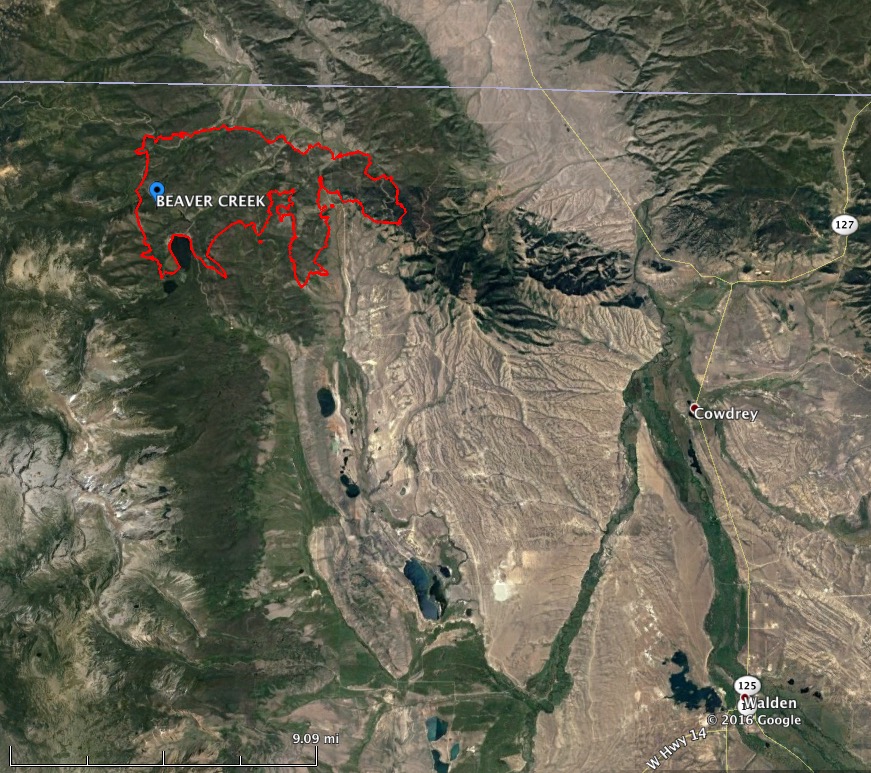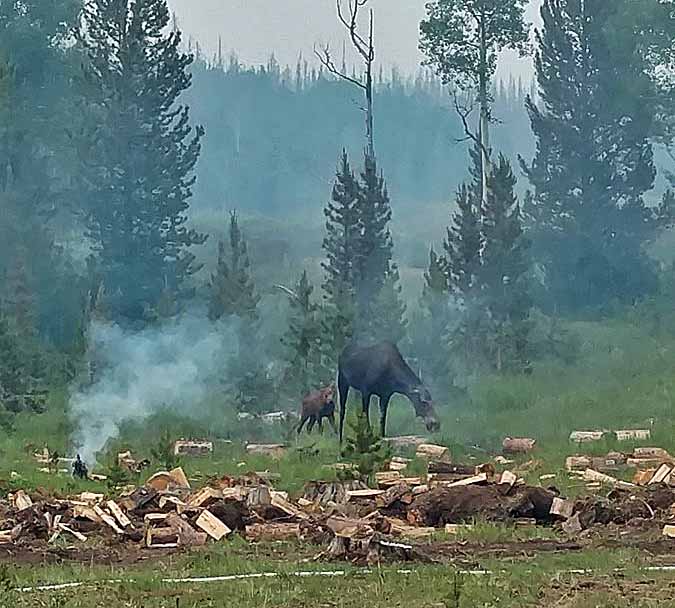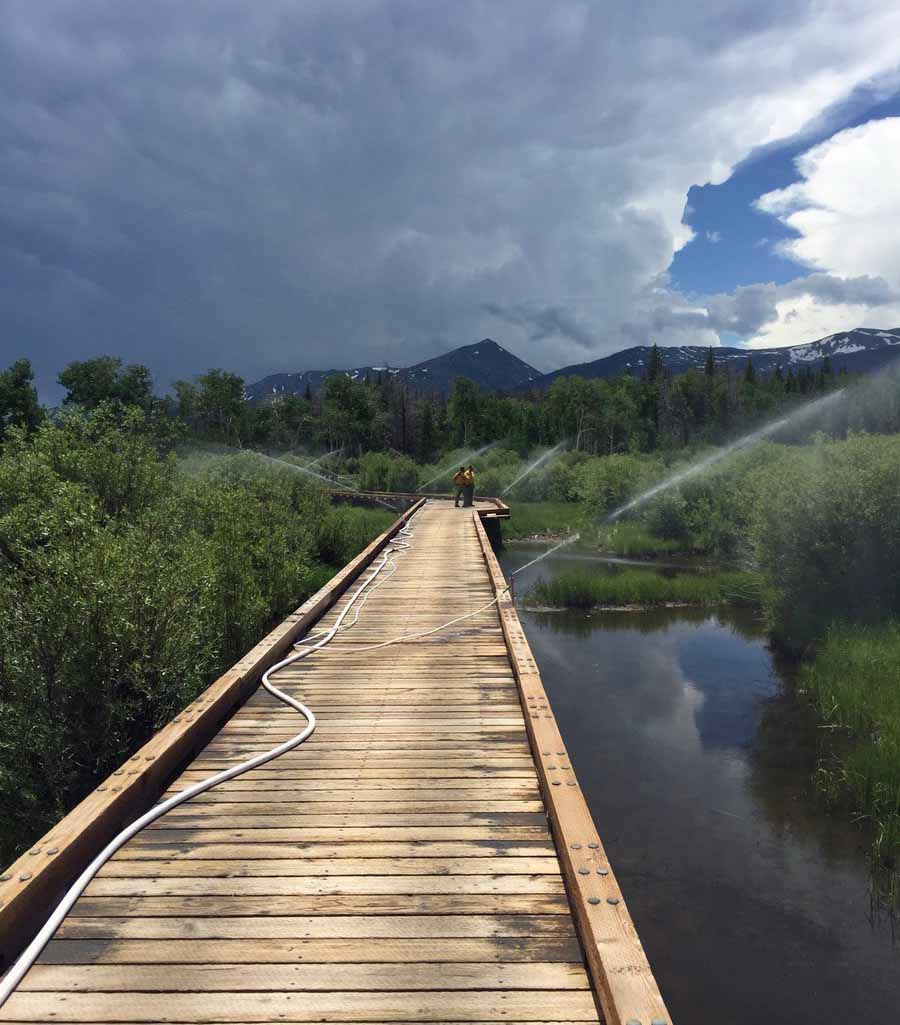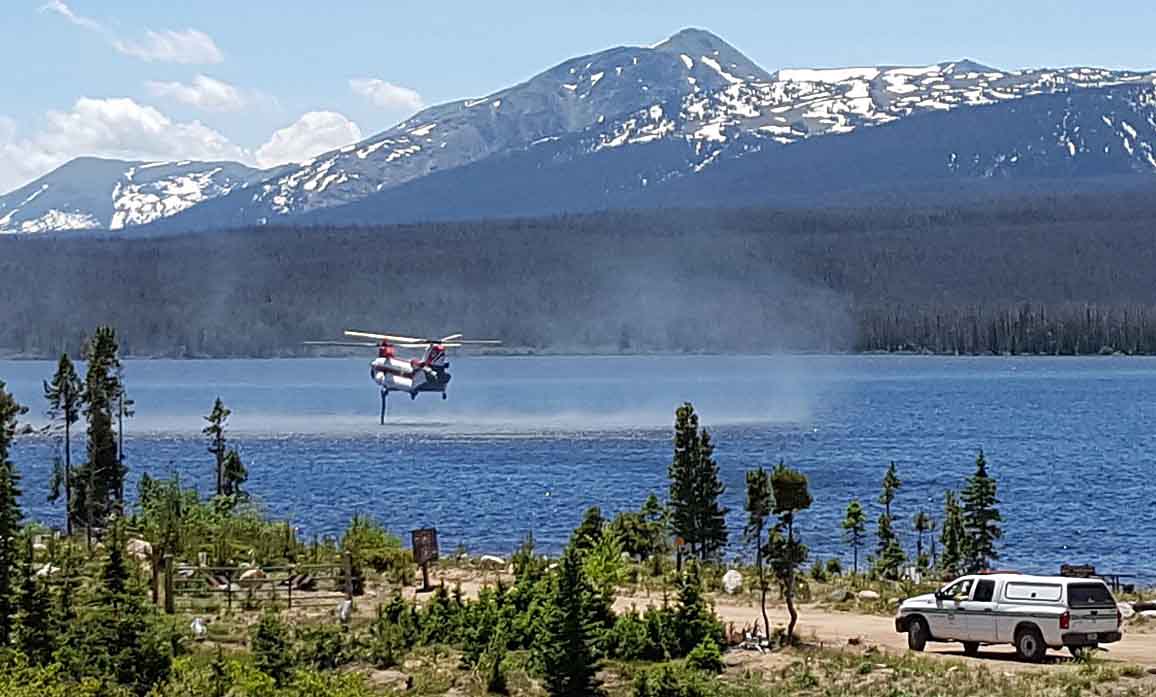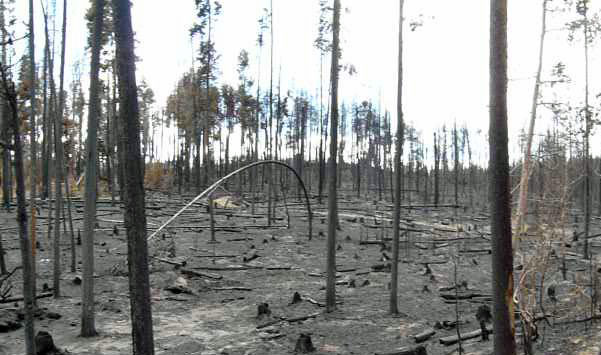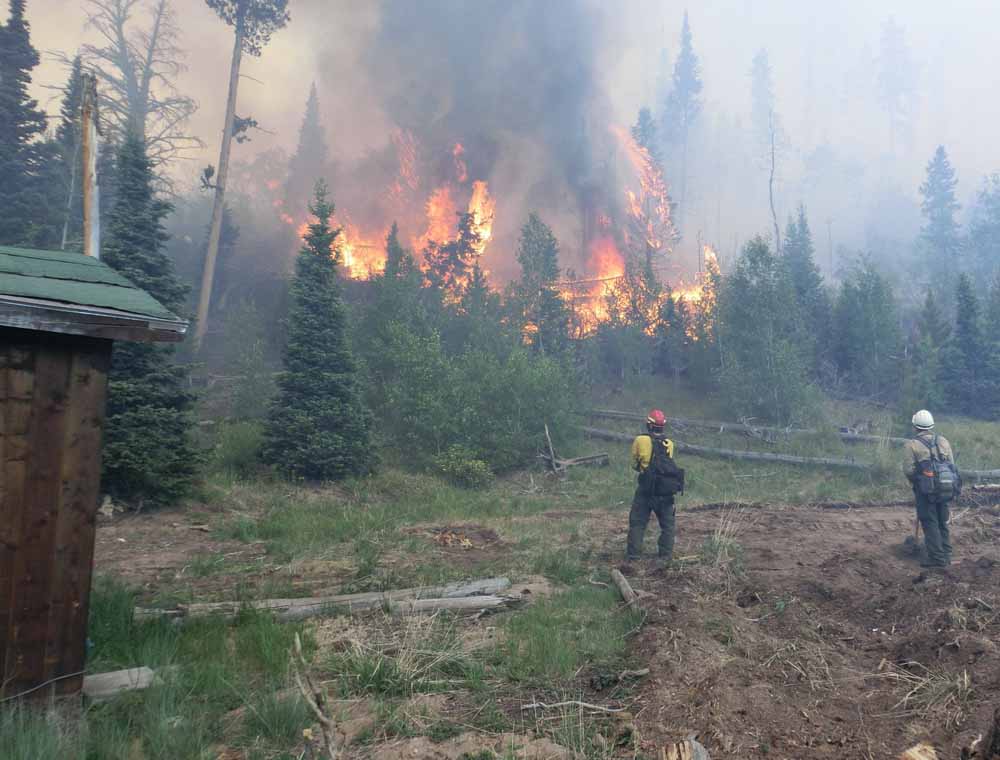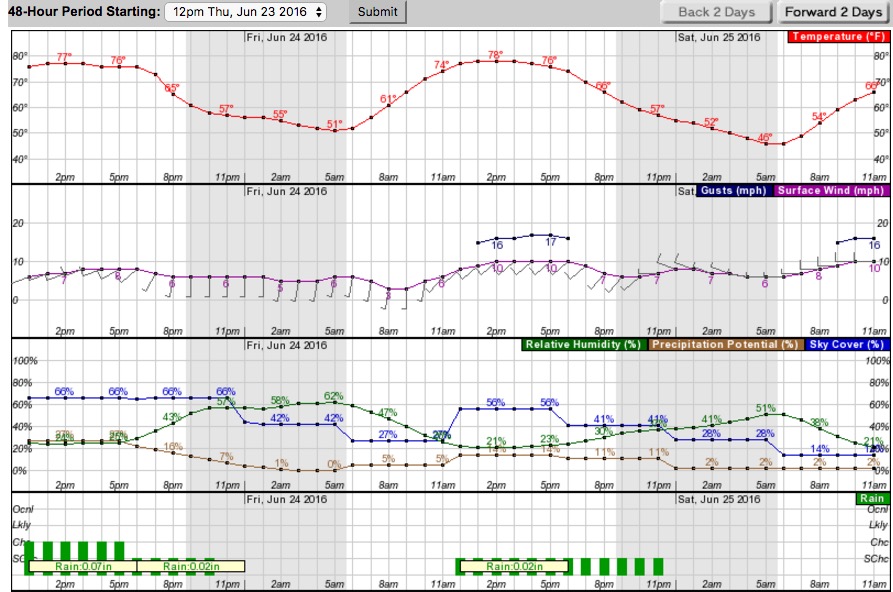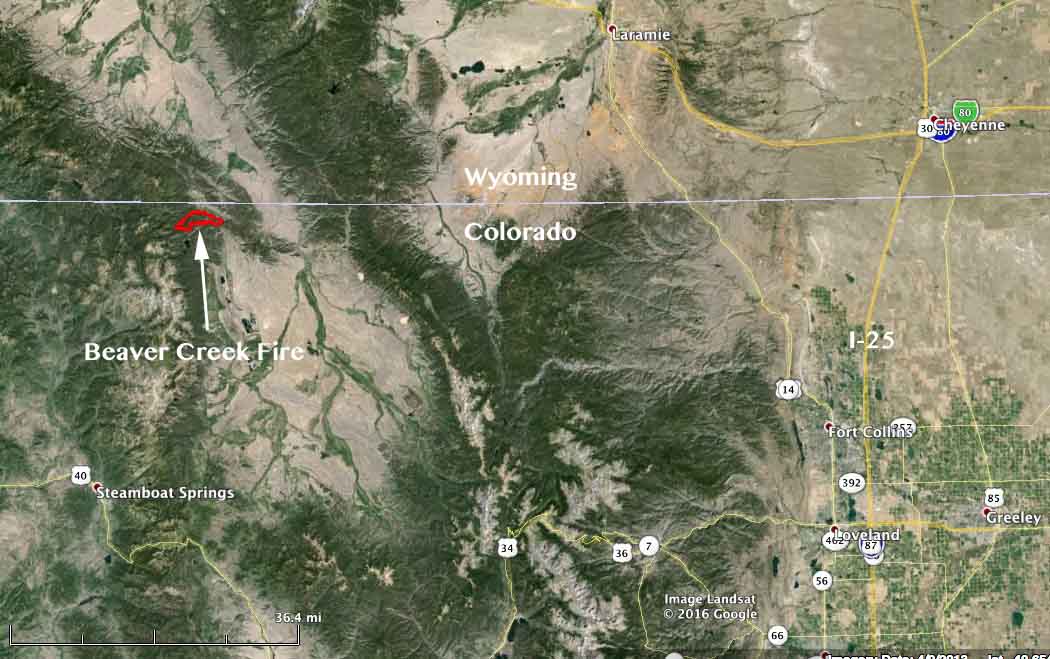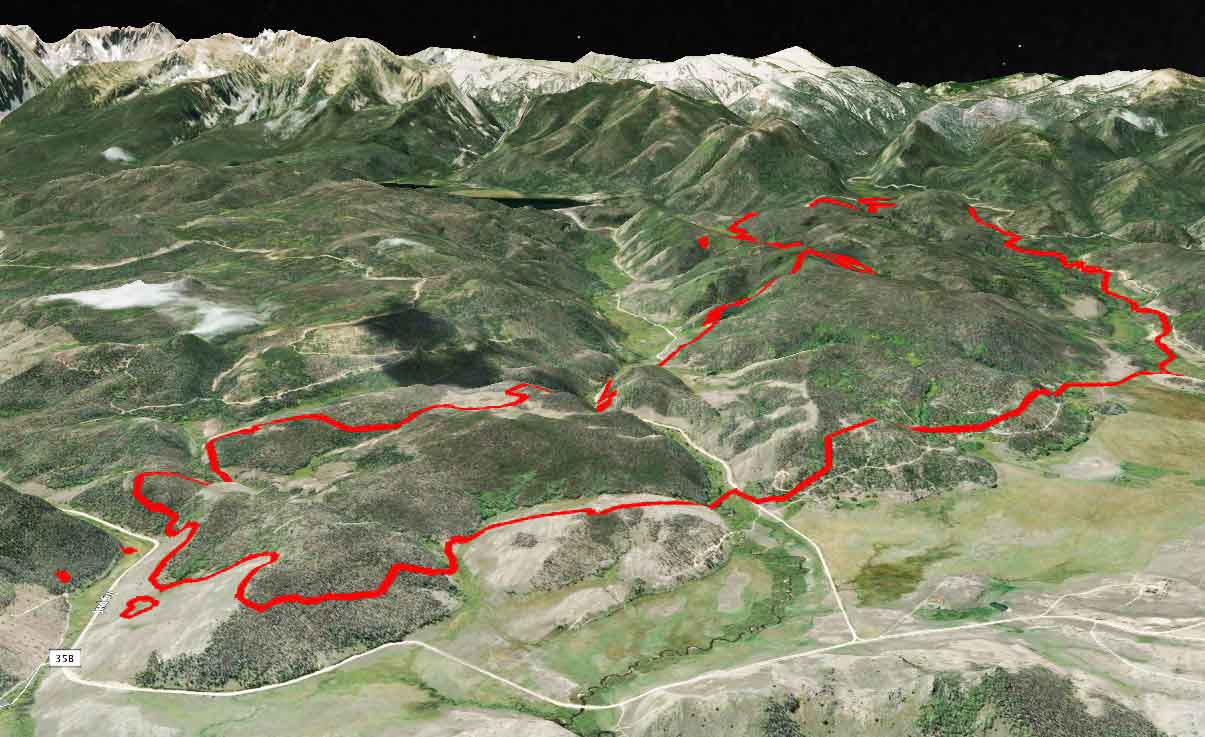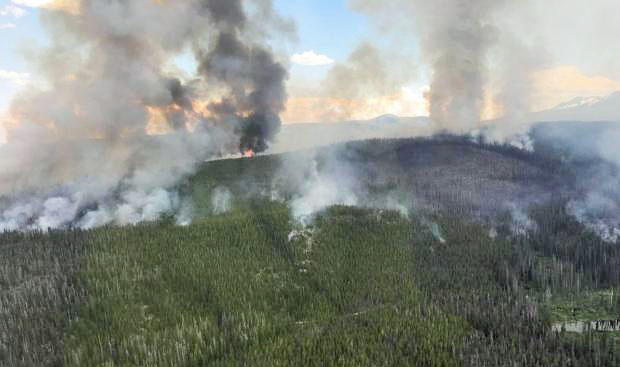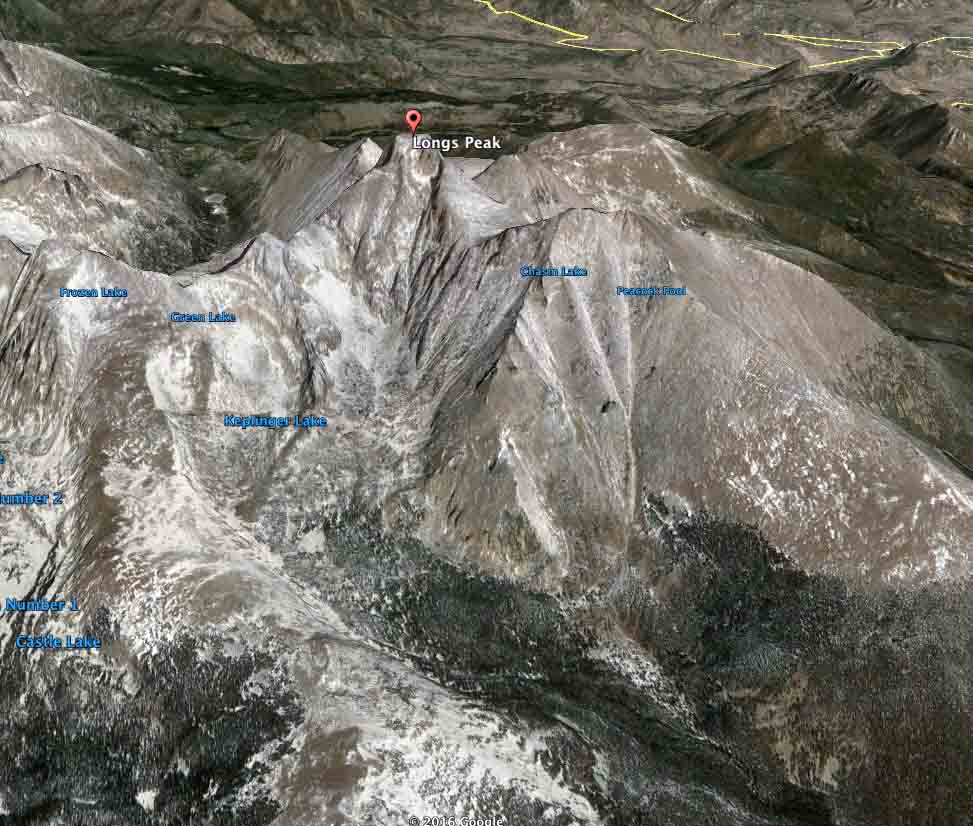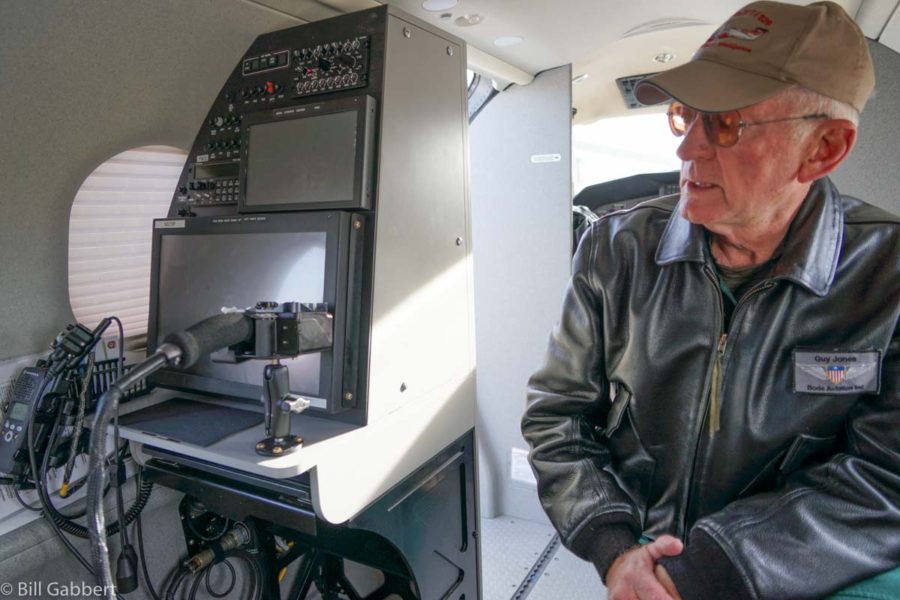(Originally published at 12:18 MDT July 11, 2016)
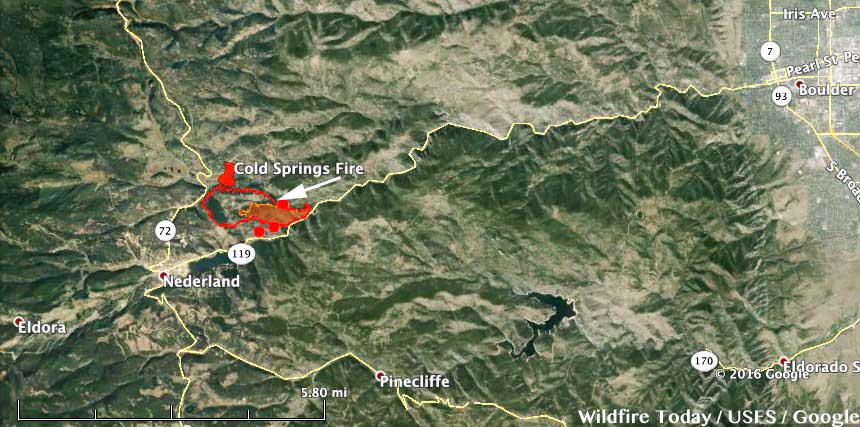
The Cold Springs Fire has caused evacuations of about 2,000 residents near Nederland, Colorado, 10 miles west of Boulder. The fire, now 606 acres, started at about 1:30 p.m. on July 9 from an escaped campfire. Three transients were camping on private property and failed to extinguish the campfire they had Thursday night, according to the Boulder County Sheriff personnel, who arrested two of the three people Sunday, Jimmy Andrew Suggs, 28, and Zackary Ryan Kuykendall, 26, both of Vinemont, Alabama.
The Daily Camera interviewed the campers before they were arrested for fourth-degree arson, a Class 4 felony.


On Sunday strong winds pushed the Cold Springs Fire toward Highway 119 and Boulder Creek Canyon, but firefighters worked overnight to construct fire lines and protect newly-threatened homes. Two very small spot fires on the south side of Boulder Creek Canyon were fully contained. At least 17 engines crews and four 20-person Hotshot crews worked overnight to build fire lines from Highway 119 along the fire’s edge. Crews also conducted burnout operations along Highway 119 to strengthen fire lines.
A damage assessment team confirmed on Monday that five homes have been destroyed.
Aircraft dropped 85,206 gallons of retardant on Saturday and 84,555 gallons on Sunday.
The weather forecast for the fire area on Monday could present problems for firefighters. It predicts 10 to 18 mph west winds gusting at 20 to 30 mph and a relative humidity of 16 percent. Conditions will be more benign on Tuesday.
Rocky Mountain Incident Management Team 2 with Incident Commander Shane Greer assumed command of the fire at 8:30 p.m. Sunday.
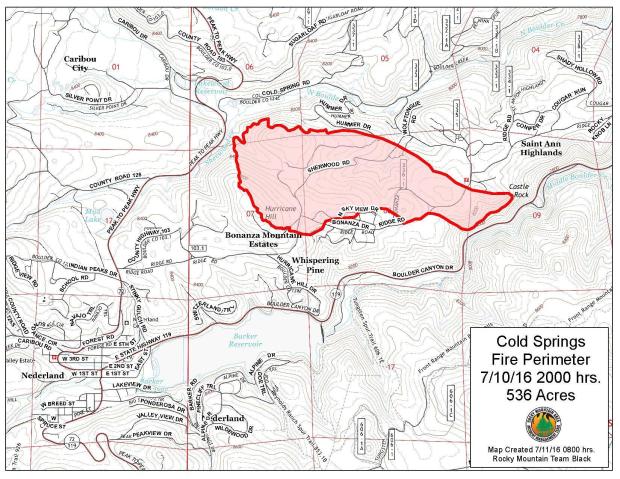
Thanks and a tip of the hat go out to Jeffrey.



